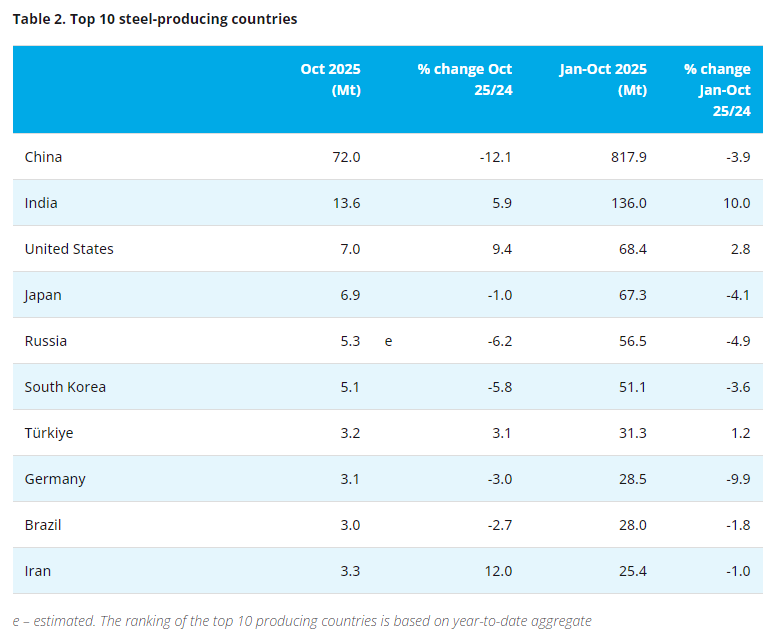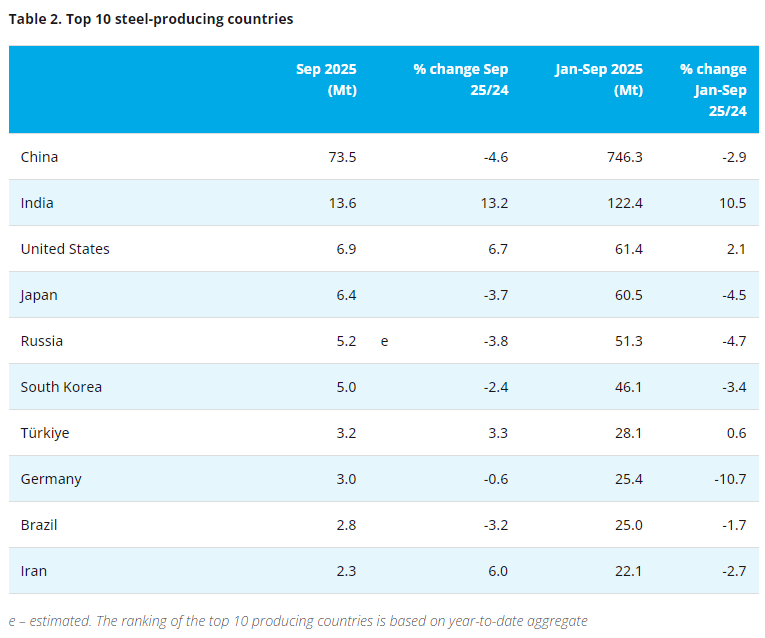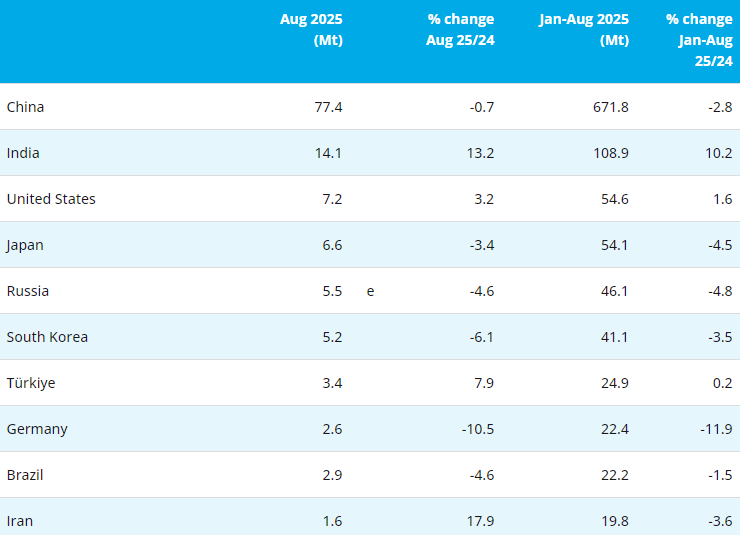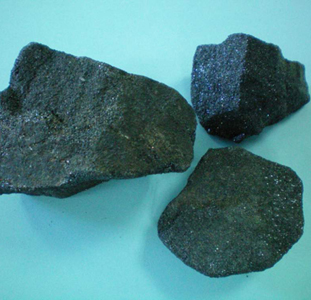[ferro-alloys.com]China became a net importer of steel for the first time in 11 years in June, despite record daily crude steel production during the month.
This indicates the extent of China's stimulus-fueled economic recovery, which has supported rising domestic steel prices, while other markets are still recovering from the impact of the coronavirus pandemic.
China imported 2.48 million mt of semi-finished steel products in June, comprising mainly billet and slab, according to state-owned media citing China Customs data released on July 25. Added to finished steel imports, it took China's total imports in June to 4.358 million mt, surpassing June's finished steel exports of 3.701 million mt. This made China a net steel importer for the first time since the first half of 2009.
Market sources said China's imports of semi-finished steel will remain strong in July and August, while steel exports will remain low. This means China's role as a net steel importer may continue for a while longer.
China produced 574 million mt of crude steel in 2009, and exported 24.6 million mt that year, China Customs data showed.
In June, China's daily crude steel output hit an all-time high of 3.053 million mt/day, annualized at 1.114 billion mt, according to National Bureau of Statistics data. Mill capacity utilization is estimated at around 91% in June.
S&P Global Platts forecasts that China's crude steel production will rise by 2% year on year in 2020.
In 2015, China exported a record 110 million mt of finished steel, putting intense pressure on global steel prices. Exports have trended down since 2016, and China looks likely to export less steel this year than last year's 65 million mt.
China's finished steel inventories at steel mills and in spot markets across 20 cities monitored by CISA, were about 10% higher on year by the end of June, indicating plentiful supply of steel.
Yet, the surge of imports was within market expectations as China was the first country to emerge from the COVID-19 lockdowns, therefore, its economic recovery and steel demand had temporarily outpaced overseas markets, soliciting inflows of steel.
More importantly, China's monetary loosening and credit easing in the first half of 2020 have boosted the infrastructure and property construction sectors. Steel traders have embarked on some speculative buying in anticipation of a further liquidity boost that would drive up property and infrastructure demand in the second half of the year.
These two sectors account for more than 55% of China's total steel consumption. Traders with plenty of cash flows have been more than willing to purchase from domestic and overseas steelmakers, even at the cost of holding on to climbing steel inventories. They have been waiting for the steel market to price in additional demand from infrastructure and property.
However, China's strong steel imports may gradually ease in Q4, not only because steel demand in overseas markets is likely to recover, but also because China's government has begun to address rising property market prices.
Property is not just a major steel consumer, but is also a crucial tool for credit creation in China. The country's determination to rein in property prices may lead to slower credit easing, especially in Q4, denting domestic demand and also speculative buying from traders, some market sources said.
On July 24, China's central government held a seminar with local governments from 10 cities, calling for measures to prevent capital from flowing into property illegally. These cities have witnessed the most noticeable property price rises over H1 2020.
(S&P Global Platts)
- [Editor:王可]



 Save
Save Print
Print Daily News
Daily News Research
Research Magazine
Magazine Company Database
Company Database Customized Database
Customized Database Conferences
Conferences Advertisement
Advertisement Trade
Trade















Tell Us What You Think